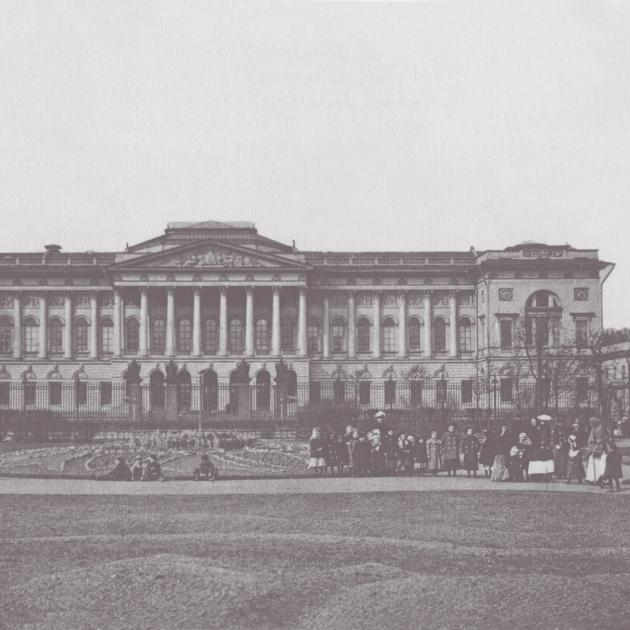
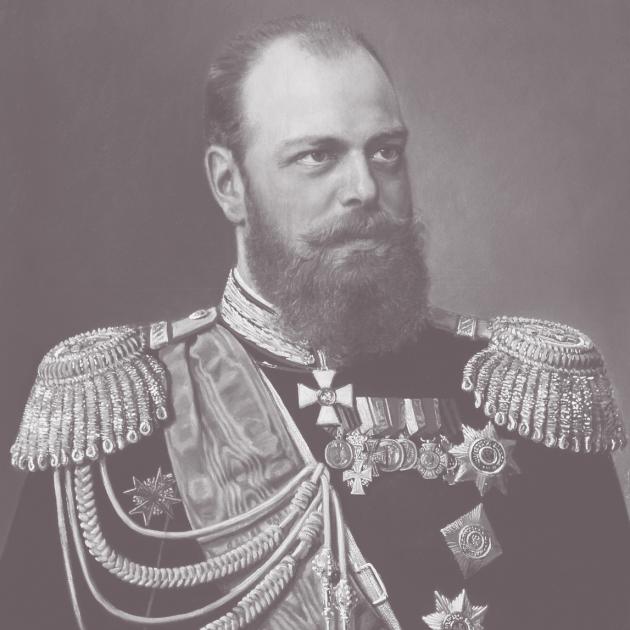 1 / 2
1 / 2The Russian Museum
Открытка с изображением Русского музея в Санкт-Петербурге
Конец XIX века
Н. Г. Шильдер
Портрет Александра III
Конец XIX века
Холст, масло 89х75 см
Военно-исторический музей артиллерии, инженерных войск и войск связи, Санкт-Петербург.
In the year of Pavel Tretyakov’s death the Russian Museum of Emperor Alexander III opened in St Petersburg. Rapidly establishing itself, it developed in parallel with the Tretyakov Gallery as the two great collections of the national school in art.
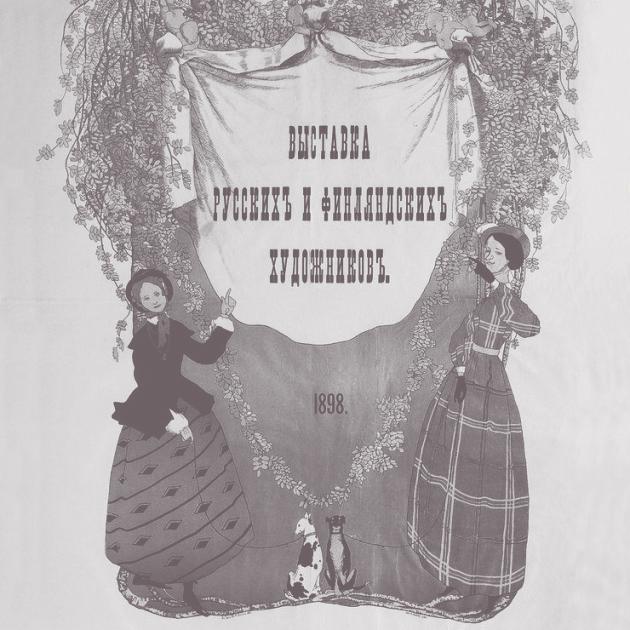
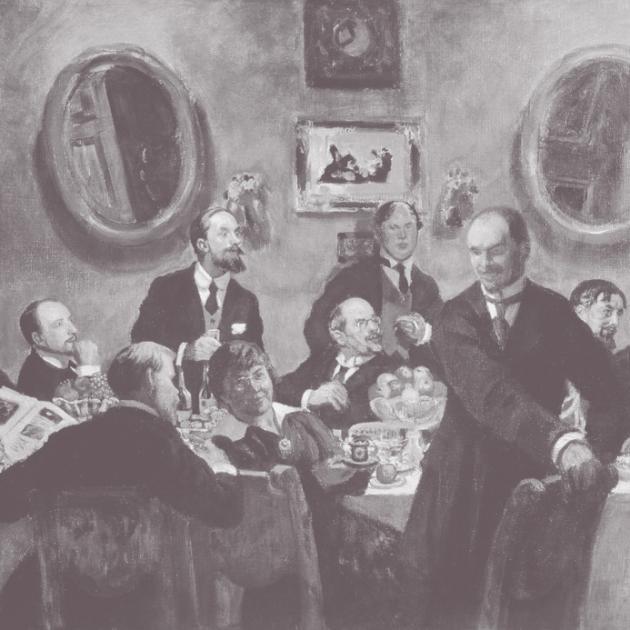 1 / 2
1 / 2The World of Art
Афиша «Выставка русских и финляндских художников»
1898
Б. М. Кустодиев
Групповой портрет художников объединения «Мир искусства» (фрагмент)
1916-1920
Холст, масло. 52 х 89
Государственный Русский музей, Санкт-Петербург
A key Russian cultural phenomenon at the turn of the century was the appearance of a new artistic group in St Petersburg, the World of Art, organised by Serge Diaghilev and Alexandre Benois. Its members wished to revitalise cultural life across the country as a whole, promoting aesthetic principles that would, they felt, bring Russian art closer to the latest trends in France and across the European continent. Now social criticism seemed old-fashioned, out-of-date. The World of Art first emerged after Diaghilev organised an Exhibition of Russian and Finnish Artists in the Museum of the Baron Stieglitz School of Technical Drawing. Participants included Mikhail Vrubel, Benois, Eugene Lanceray, Konstantin Somov, Isaac Levitan, Andrey Ryabushkin, Apollinary Vasnetsov and Valentin Serov.
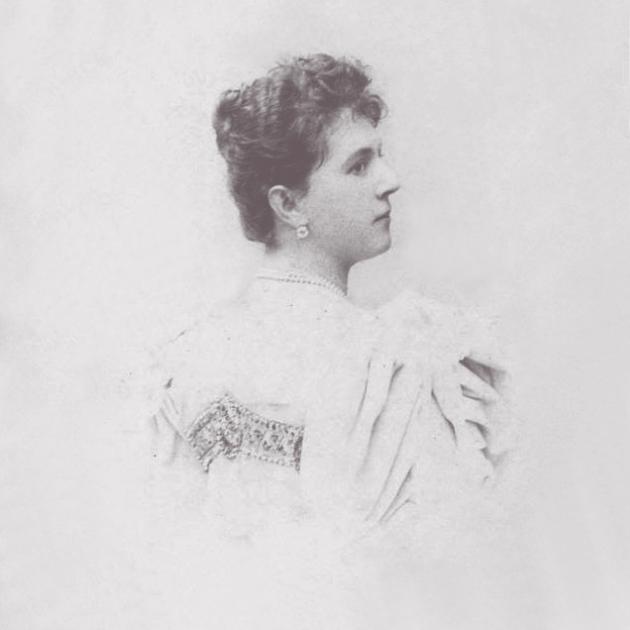
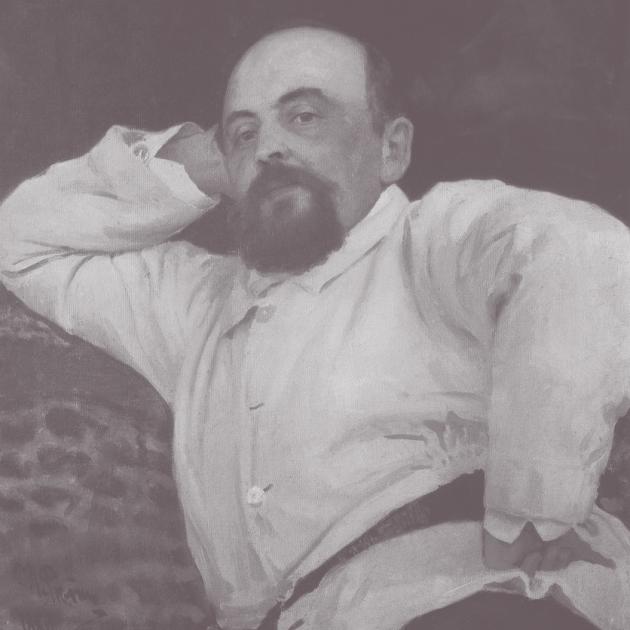 1 / 2
1 / 2The World of Art Journal
М.К.Тенишева позирует скульптору П.П.Трубецкому
1898
Репин И. Е.
Портрет Саввы Мамонтова (фрагмент)
1880
Холст, масло. 93 x 56.7
Государственный центральный театральный музей им. А. А. Бахрушина, Москва
Until 1904 the World of Art produced a journal of the same name [Мир искусства], subsidised by Savvia Mamontov and Princess Maria Tenisheva, which was to make an important contribution to Russian cultural life. Never before in Russia had there been such a periodical, presenting literary and artistic news, reviews and articles, plentifully illustrated. It marked a clear transition to a new age in design and to a time of greater artistic understanding. The first number looked at the art of Edgar Degas, Gustave Moreau, Aubrey Beardsley and James McNeill Whistler.

Première at the Mariinsky Theatre in St Petersburg of Alexander Glazunov’s ballet Raymonda, based on medieval tales of courtly love.
Пьерина Леньяни в партии Раймонды в одноименном балете К. Глазунова
1898
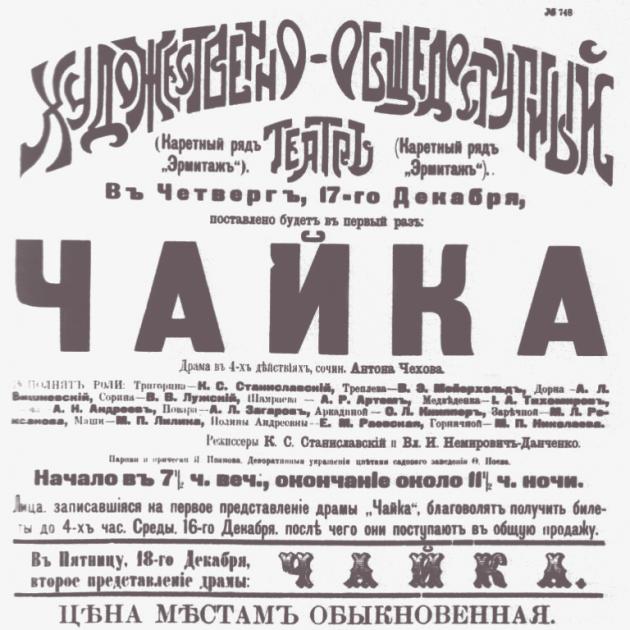
Huge success greets the première of Anton Chekhov’s play The Seagull at the Moscow Arts Theatre.
Афиша премьеры «Чайки» в МХТ
17 декабря 1898
Anton Chekhov writes a number of short stories including Ionych and Man in a Case.
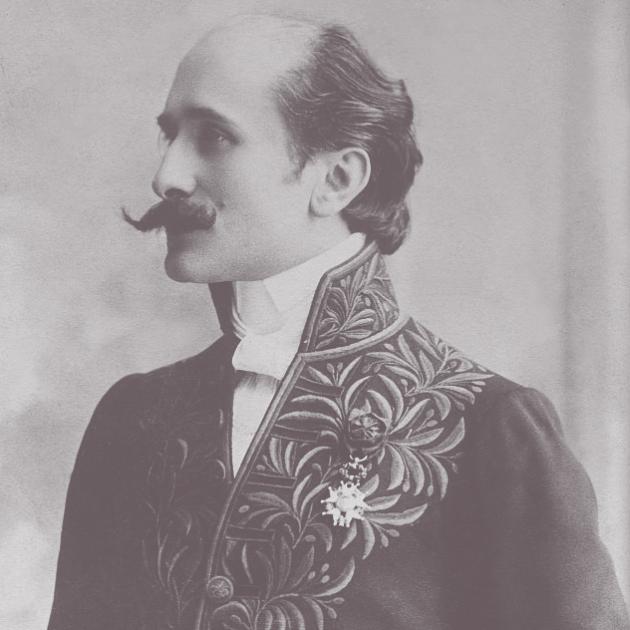
Edmond Rostand completes his verse drama Cyrano de Bergerac.
Эдмон Ростан в мундире Французской Академии
1905
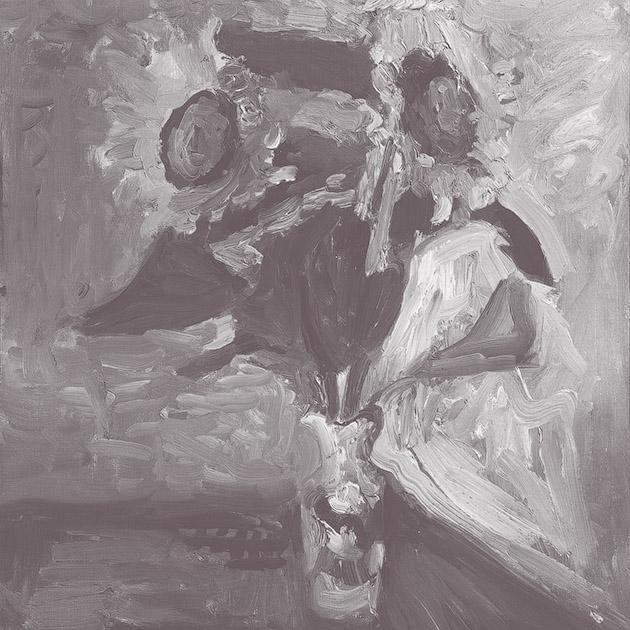
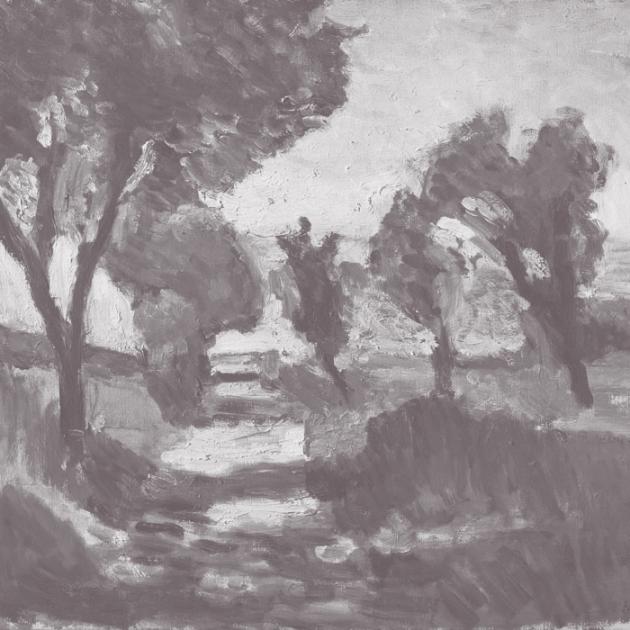 1 / 2
1 / 2Death of Gustave Moreau
Анри Матисс
Подсолнечники в вазе
1898
46 х 37,8
Государственный Эрмитаж
Анри Матисс
Корсиканский пейзаж (Оливы)
1898
Холст, масло. 38 х 46
ГМИИ им. А.С.Пушкина, Москва
After the death of Gustave Moreau, the fate of his pupils – Henri Matisse, Georges Rouault, Albert Marquet etc – was to diverge. Matisse came under the influence of the Impressionists and Vincent van Gogh (e.g. Sunflowers in a Vase, Hermitage Museum; Corsican Landscape. Olive Trees, Pushkin Museum) while Gustave’s favourite, Rouault, entered a period of crisis and produced little.
Ambroise Vollard holds a second exhibition of the works of Paul Cézanne, publishing a brief catalogue
One-man show by Claude Monet at the Galerie Georges Petit: 61 paintings including views of Norway and Pourville and the series Morning on the Seine
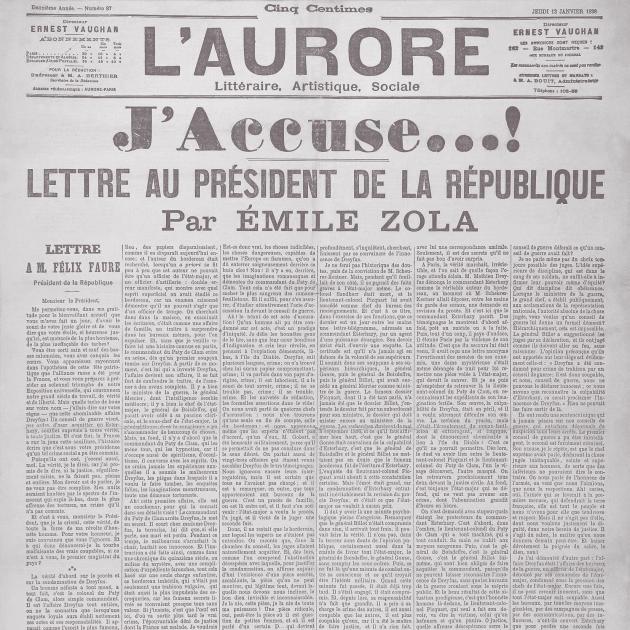
Émile Zola sends an open letter to the President of the French Republic in defence of Alfred Dreyfus
Открытое письмо Эмиля Золя «Я обвиняю», напечатанное в газете L’Aurore
13 января 1898
Текст:
А. Костеневич
First Acquisitions of Impressionist Paintings by the Shchukin Brothers
In spring Sergey and Pyotr Shchukin purchased paintings by Camille Pissarro from the gallery of Paul Durand-Ruel, to which they had probably been introduced by their younger brother Ivan. Pyotr chose Place du Théâtre Français (Hermitage Museum; at a price of 4,000 roubles which, at an exchange rate of 1 franc to 38 kopecks equalled 15,200 francs). Sergey’s choice rested on Avenue de l’Opéra. Effect of Snow (Pushkin Museum).
For 6,000 roubles Pyotr Shchukin acquired Alfred Sisley’s Villeneuve-La-Garenne, then known as Village by the Seine.
Even more expensive was Edgar Degas’s pastel Woman Brushing her Hair (Toilet), which cost a princely 14,000 roubles. Also purchased from Durand-Ruel, this painting was not to go on public show: Pyotr intended it for his private apartments.
The same fate awaited Auguste Renoir’s Nude, a painting that had caused a scandal when shown at the Second Impressionist Exhibition. Sergey Shchukin helped his brother purchase ‘la belle Anne’ (the name of the model), writing to him: ‘In accordance with your wishes I went to Durand-Ruel to ask him for the price of the nude woman… Durand-Ruel declared first that this is one of Renoir’s best works, which is quite true… Its price is 15,000 roubles. He is not prepared to take less.’
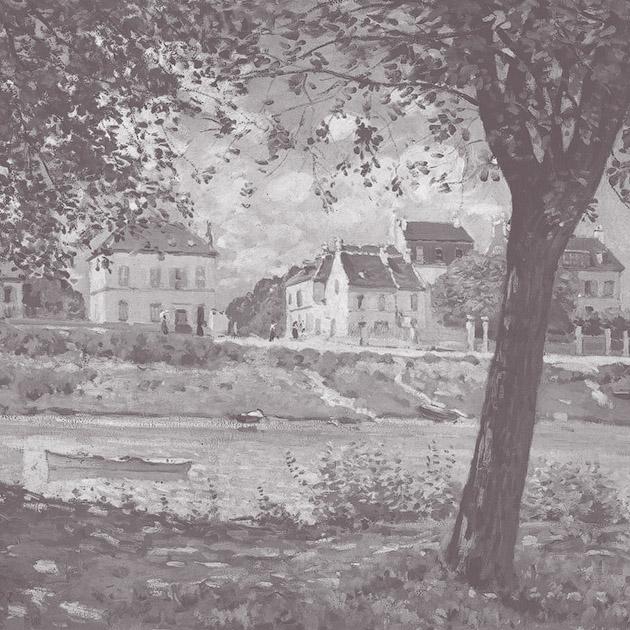
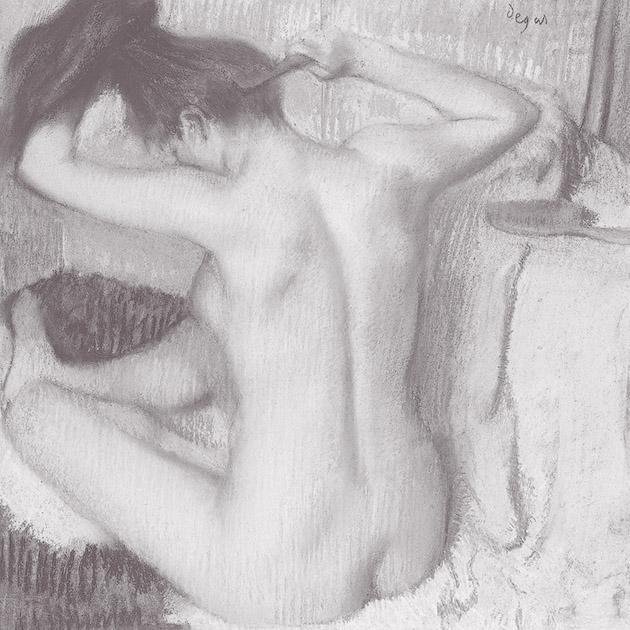
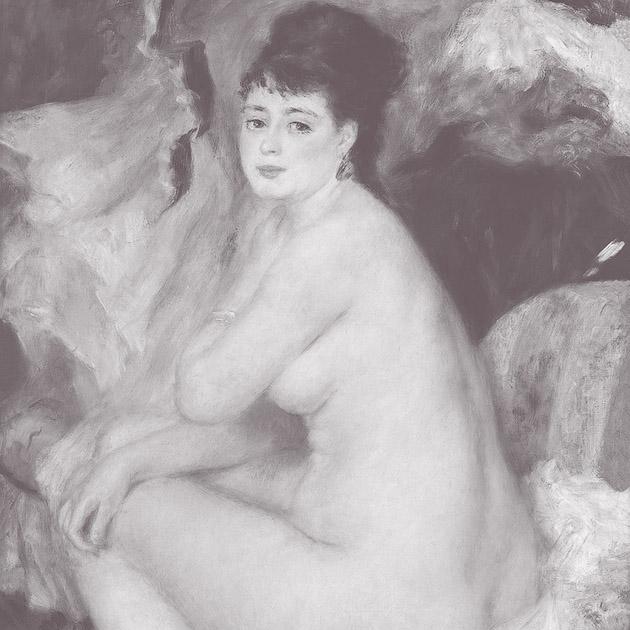 1 / 3
1 / 3Альфред Сислей
Городок Вильнев-ла-Гаренн (Деревня на берегу Сены)
1872
Холст, масло. 59,2 х 80,5
Государственный Эрмитаж
Эдгар Дега
Причесывающаяся женщина
1884
Картон, пастель. 53 х 52
Государственный Эрмитаж
Пьер Огюст Ренуар
Обнаженная
1876
Холст, масло. 92х73
Государственный музей изобразительных искусств имени А.С. Пушкина
Sergey Shchukin in Paris
Initially Sergey Shchukin experienced difficulty orienting himself on the Paris art scene, having only recently changed direction and parted with Russian works by the Wanderers in order to pursue the Western proclaimers of new horizons. He did not immediately identify the road towards the future of French art and was initially tempted by standard moonlight effects or the misty qualities of second-rate Symbolism by now forgotten artists such as Charles Guilloux and Firmin Maglin. But he soon caught on.
His own business sense told him that he needed to make use of specialist advisers and he found them first in Paul Durand-Ruel and a little later in Ambroise Vollard.
In November Ivan Shchukin reserved for his brother Sergey Claude Monet’s The Rocks at Belle-Île, which was with Durand-Ruel. The dealer travelled to Giverny where he bought eight of Monet’s canvases from his Rouen Cathedral series. This may have included the Cathedral that Sergey Shchukin was perhaps to buy from him four years later.
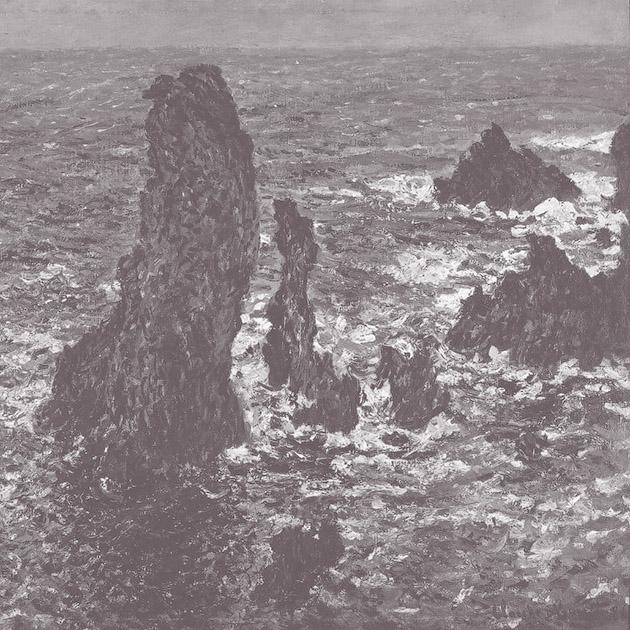
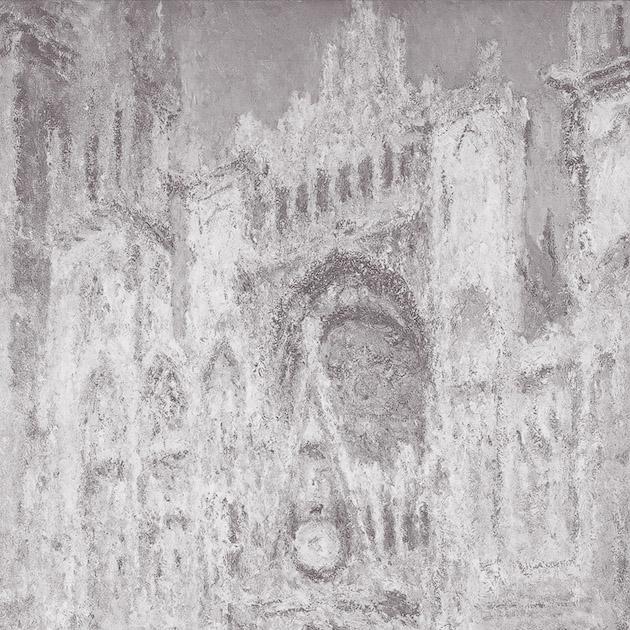 1 / 2
1 / 2Клод Моне
Скалы в Бель-Иль
1886
Холст, масло. 65,3 х 81,2
Государственный музей изобразительных искусств имени А.С. Пушкина
Клод Моне
Руанский собор вечером
1894
Холст, масло. 100,2 х 65,3
Государственный музей изобразительных искусств имени А.С. Пушкина
Mikhail Morozov – First Russian Admirer of Paul Gauguin
Now Mikhail Morozov started to compete with the Shchukin brothers. Considerably younger, he was more daring and effective in his approach. He acquired Edgar Degas’s pastel Woman Drying Herself (After the Bath), a work that was not only superbly executed but of considerable historic importance: it had been shown at the last Impressionist exhibition in 1886.
In March 1898 Ambroise Vollard received a new painting by Paul Gauguin sent from Tahiti. There was almost no demand for these works so when Mikhail Morozov visited the gallery he was presented with an incredible choice.
He selected Tarari maruru. Landscape with Two Goats, for which Vollard demanded just 500 francs. The price perhaps reflected the fact that the painting was by no means the most attractive of those on offer, being somewhat dark and hard to see. It was just the kind of work, however, to appeal to someone with a taste for the twilight images of Symbolism. Did not Sergey Shchukin, for instance, buy the dark brown paintings of Eugène Carrière? Moreover, the picture contained a mystery: the Tahitian title, Tarari maruru, has never been truly understood.
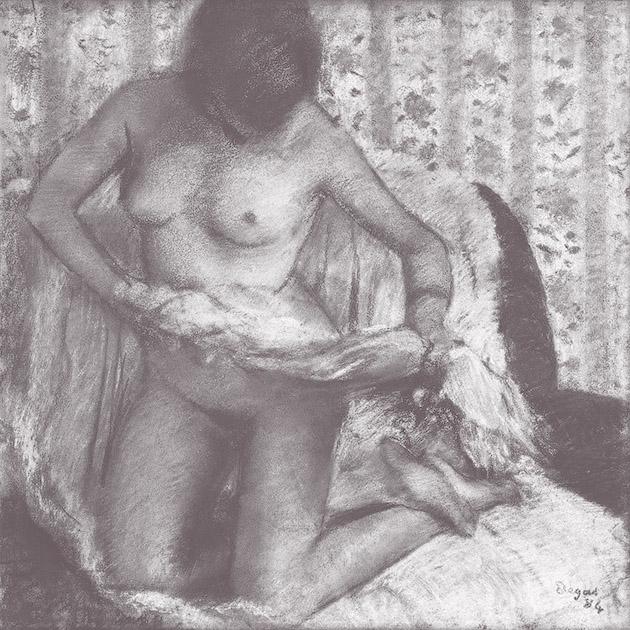
 1 / 2
1 / 2Эдгар Дега
Вытирающаяся женщина
1884
Бумага, пастель. 49,5 х 50 см
Государственный Эрмитаж
Поль Гоген
Tarari maruru. Пейзаж с двумя козами (Таитянский пейзаж)
1897
95,5 х 73
Государственный Эрмитаж

The collector Ilya Ostroukhov
Эдуард Мане
Портрет Антонена Пруста
1877–1880
Холст, масло. 54 × 65
Государственный музей изобразительных искусств имени А. С. Пушкина
In 1898 another Russian collector made his appearance, Ilya Ostroukhov. From Sergey Shchukin he acquired Édouard Manet’s Portrait of Antonin Proust.